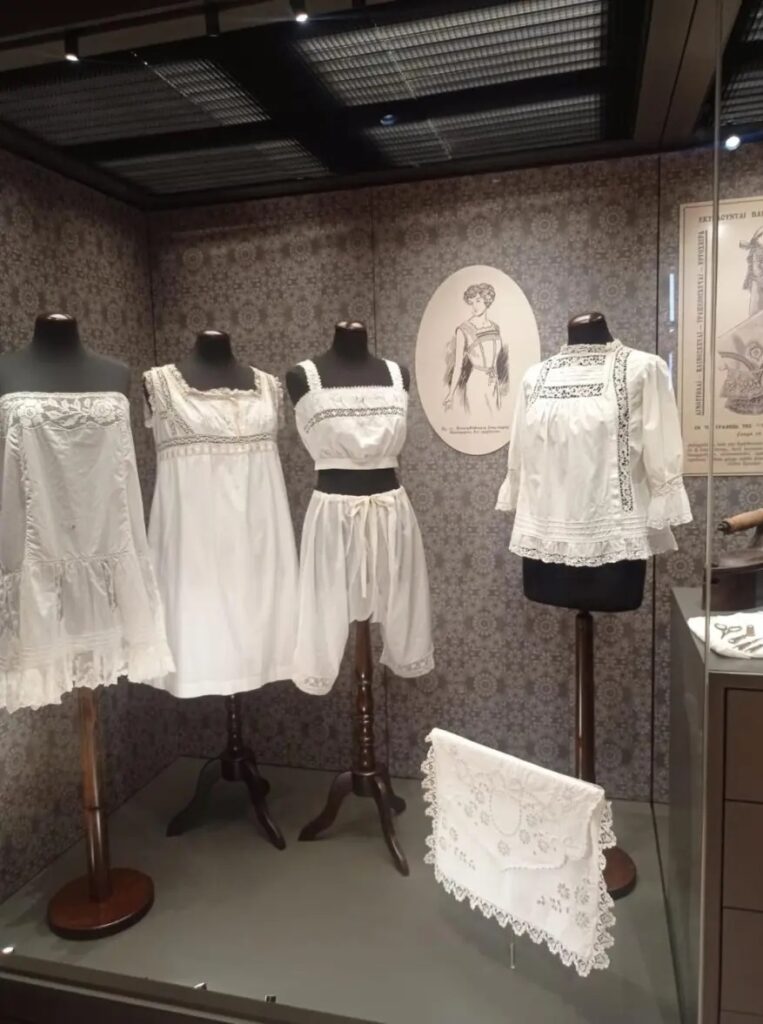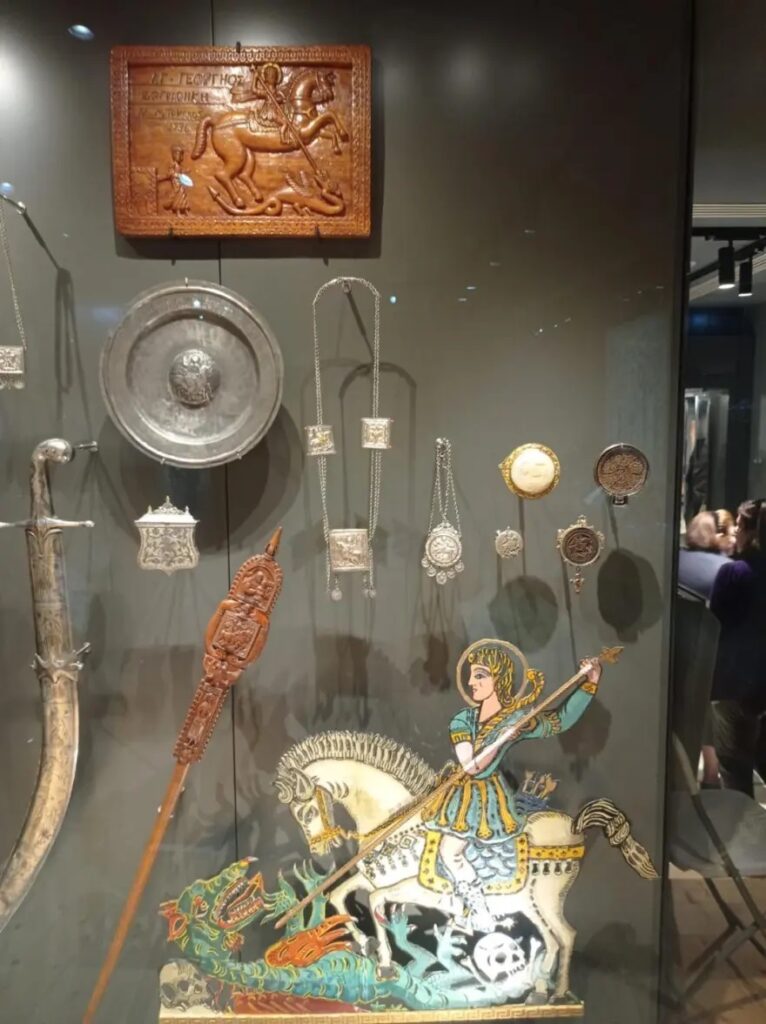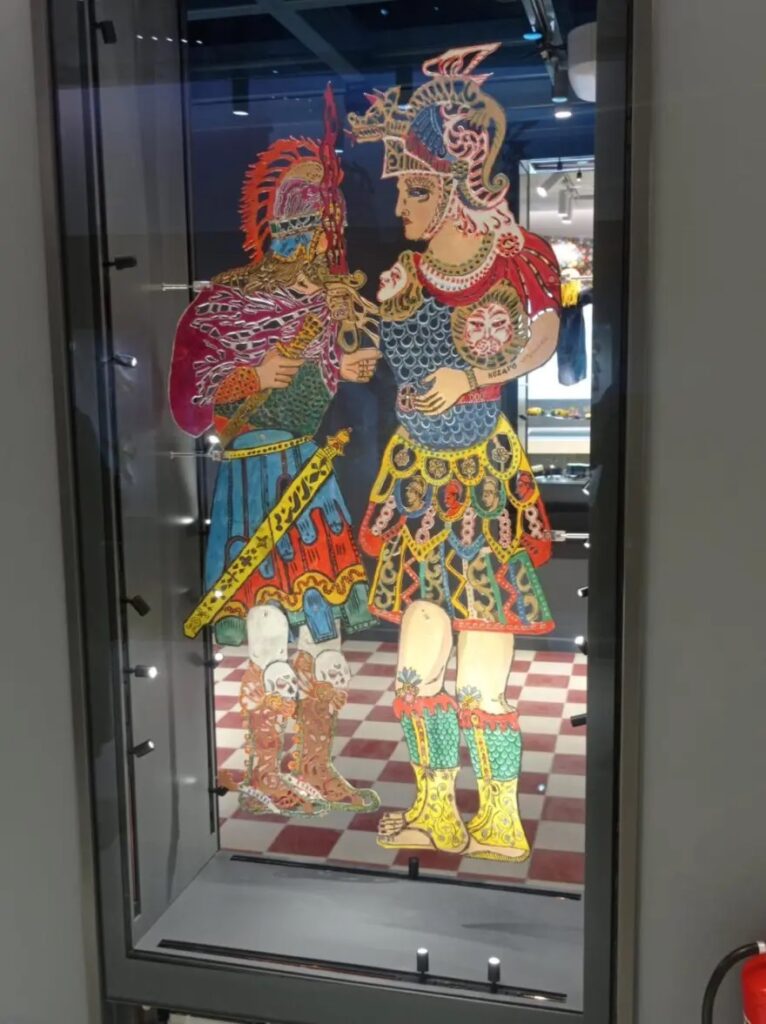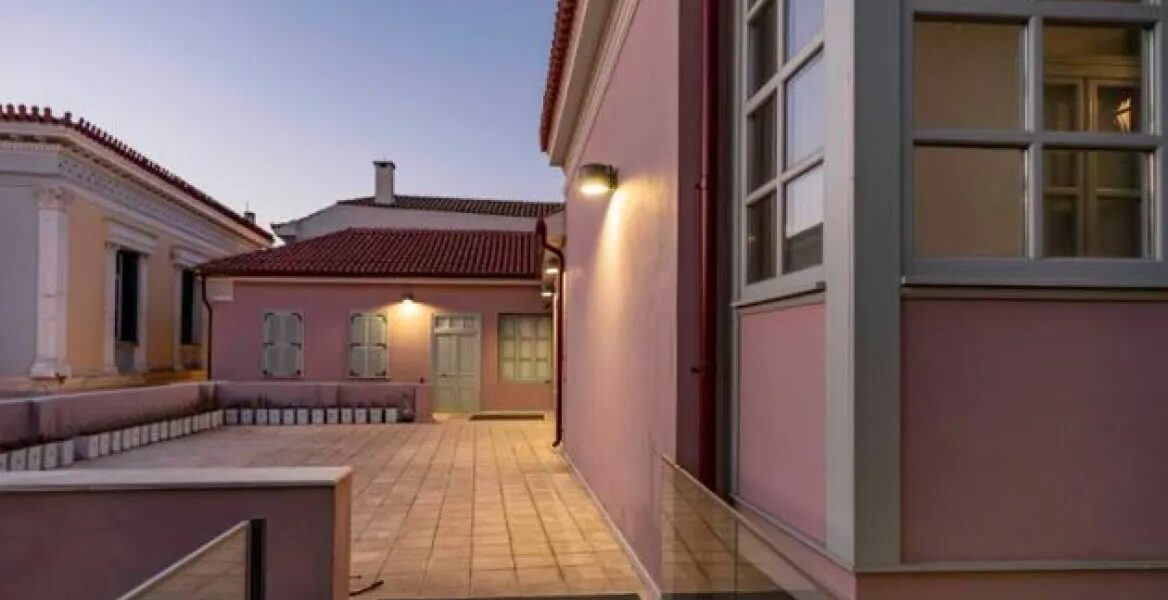The Museum of Modern Greek Culture will move to the picturesque Plaka neighbourhood, in an 18-historic buildings complex, by the end of the year. The new roof of the museum, which until recently was called the Museum of Greek Folk Art and is one of the oldest in the country as it was founded in 1918, is being developed in the building block enclosed by Areos, Hadrianou, Vrysakiou and Kladou streets.

As the Minister of Culture Lina Mendoni pointed out, there is a unique two-story house of the Othonian period, the mansion of Chomatianos-Logothetis – where Elgin was accommodated, who, according to testimonies, packed the Sculptures here to transport them to London- the remains of the early Christian church of Agios Thomas, part of the late Roman wall, the chapel of Agios Elissaios, which was chanted by Alexandros Papadiamantis, the Dragoumi house, the Klados square, connected to the figure of Agios Nikolaos Planas.
“The Ministry of Culture, at the beginning of 1999, undertook a decisive initiative to rescue and highlight a small remaining part of the Vrysaki district, east of the Attalus Lodge, which survived the demolition but for decades had been abandoned to the ravages of time. They are the 18 buildings that make up the Museum of Modern Greek Culture. The reborn Museum of Modern Greek Culture, with a new, modern and original scientific and aesthetic approach, marries traditional architecture, the natural and urban environment and modern technologies and revitalises a historic neighbourhood of Athens, turning it into a multi-purpose venue for highlighting and promoting the newest tangible and intangible cultural history and heritage of Greece,” she added.

The latest Greek culture is projected globally through an interpretative approach to the tangible and intangible cultural heritage.
The objects of folk art become the occasion and the means to highlight the way of life, the perceptions and the aesthetic standards, the know-how and the art of the people of the recent past, those that defined the identity of the present and provide, to a certain extent, the future.
In addition to the permanent exhibition, the museum has space for educational programs, periodic exhibitions and events, an open-air theatre, a cafeteria and a shop.
The restoration of the 18 buildings of the museum was completed in 2021, with funding from the Regional Operational Program of Attica-ESPA 2007-2013, a total budget of 6,300,000 euros, and the implementing body is the Department of Protection and Restoration of Newer and Modern Monuments of the Ministry of Culture.
The Museum’s permanent collections exhibition includes objects from the middle of the 18th century. Until the 1970s, interactive digital applications, multimedia and various supervisory materials were included in the Operational Program of Attica-ESPA 2014-2020, with a total budget of 8,166,000 euros, while the digital applications in EPANEK-ESPA 2014-2020 with a total budget of 2,183 .000 euros. The implementing agency for the last two projects was the museum.

The Recovery and Resilience Fund has included the restoration of “Plato’s Tavern, ” which will be used as the Museum’s dining area. The total budget, including the cost of expropriations and studies and national resources allocated over a 20-year period, exceeds 30,000,000 euros.
READ MORE: This is what the new Archaeological Museum of Sparta will look like – See the photos.


